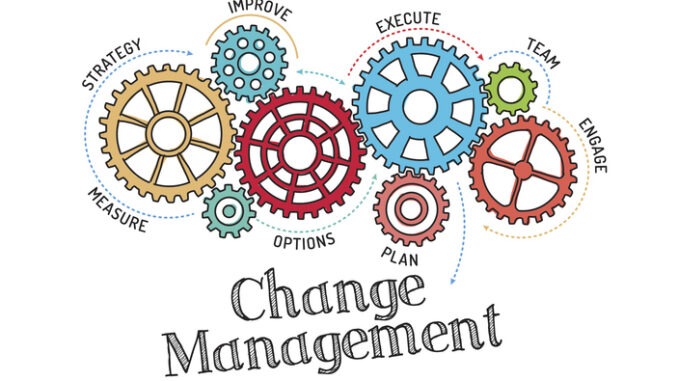
In the fast-paced world we live in, change is inevitable. As leaders, it’s crucial to navigate constant change effectively to ensure success and well-being. This involves understanding the impact of change, managing stress and burnout and fostering resilience
CREDIT: This is an edited version of an article that originally appeared on Forbes
Change is an undeniable force in our lives, compelling us to adapt quickly or risk being left behind. Whether it’s organisational, social, or personal, change is relentless, and its impact extends beyond individuals to affect teams and organisations alike.
Constant change can induce a persistent sense of exhaustion, leading to feelings of overwhelm, anxiety, and distress. This can lead to decision fatigue, resulting in rushed or illogical decisions. Even though we don’t necessarily stop making decisions when experiencing decision fatigue, the quality of those decisions may suffer. So, how can leaders effectively address this challenge?
Understanding micro stress and burnout
“Micro stress” refers to the small, everyday stressors that can accumulate over time, leading to feelings of mental and physical fatigue. When these stressors are not managed effectively, they can contribute to burnout—a constant sense of overwhelm, lack of control, or feeling unsupported or unappreciated.
Micro stress and burnout serve as warning signs that our coping mechanisms need attention. Constant change can impact morale, especially when projects seem to never reach fruition. Feeling like efforts are constantly derailed can undermine confidence and control. As a leader, how can you effectively manage this challenge?
Accept
Embracing change can be a key to resilience. Begin by acknowledging that change may require sacrificing familiarity and consider different perspectives on the situation. What obstacles hinder accepting this change? How can you support others in accepting it? And how do you distinguish between individual and organisational needs?
Prioritise
Secondly, prioritise what truly matters. When everything feels urgent, it’s easy to lose focus. Clarify your priorities to combat overwhelm. Understanding what’s most important ensures every action aligns with your goals. Letting go of what’s beyond your control brings clarity and reduces ambiguity.
Connect
Thirdly, prioritise relationships that uplift you. Meaningful connections provide support, helping you face adversity with strength, optimism, and resilience. Similarly, your team can navigate transitions more effectively when you show empathy for their experiences. Understanding their perspectives, emotions, and concerns turns them into your allies in uncertain times. By focusing on the human side of change, you contribute to a more cohesive culture that can overcome challenges and drive change forward.
Navigating constant change requires a multifaceted approach that encompasses acceptance, prioritisation, and connection. Embracing change, clarifying priorities, and fostering supportive relationships are essential for building resilience and overcoming the challenges that come with relentless change. By addressing the human side of change and supporting both individual and organisational needs, leaders can create a culture that thrives in the face of adversity and propels positive transformation forward.


Be the first to comment